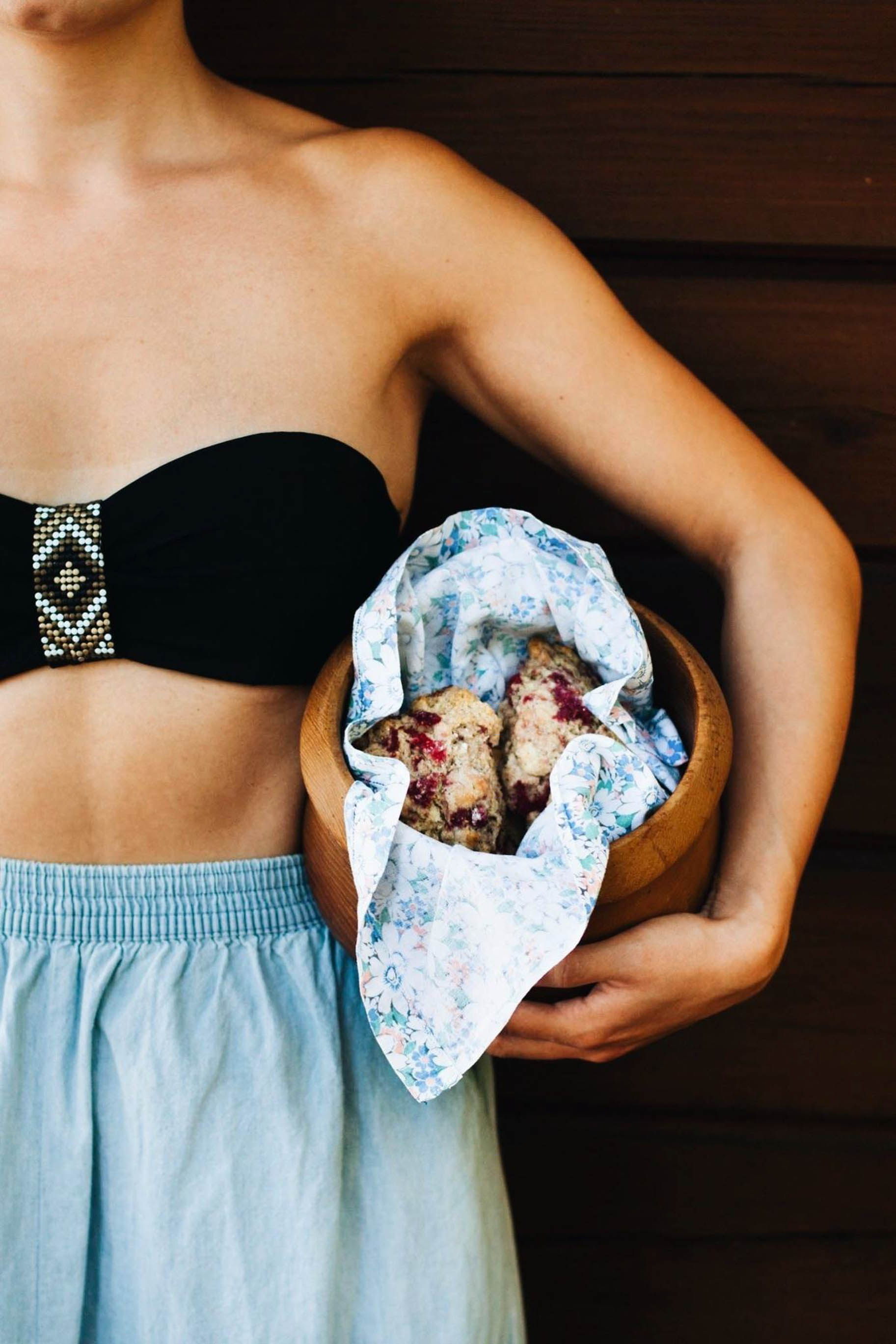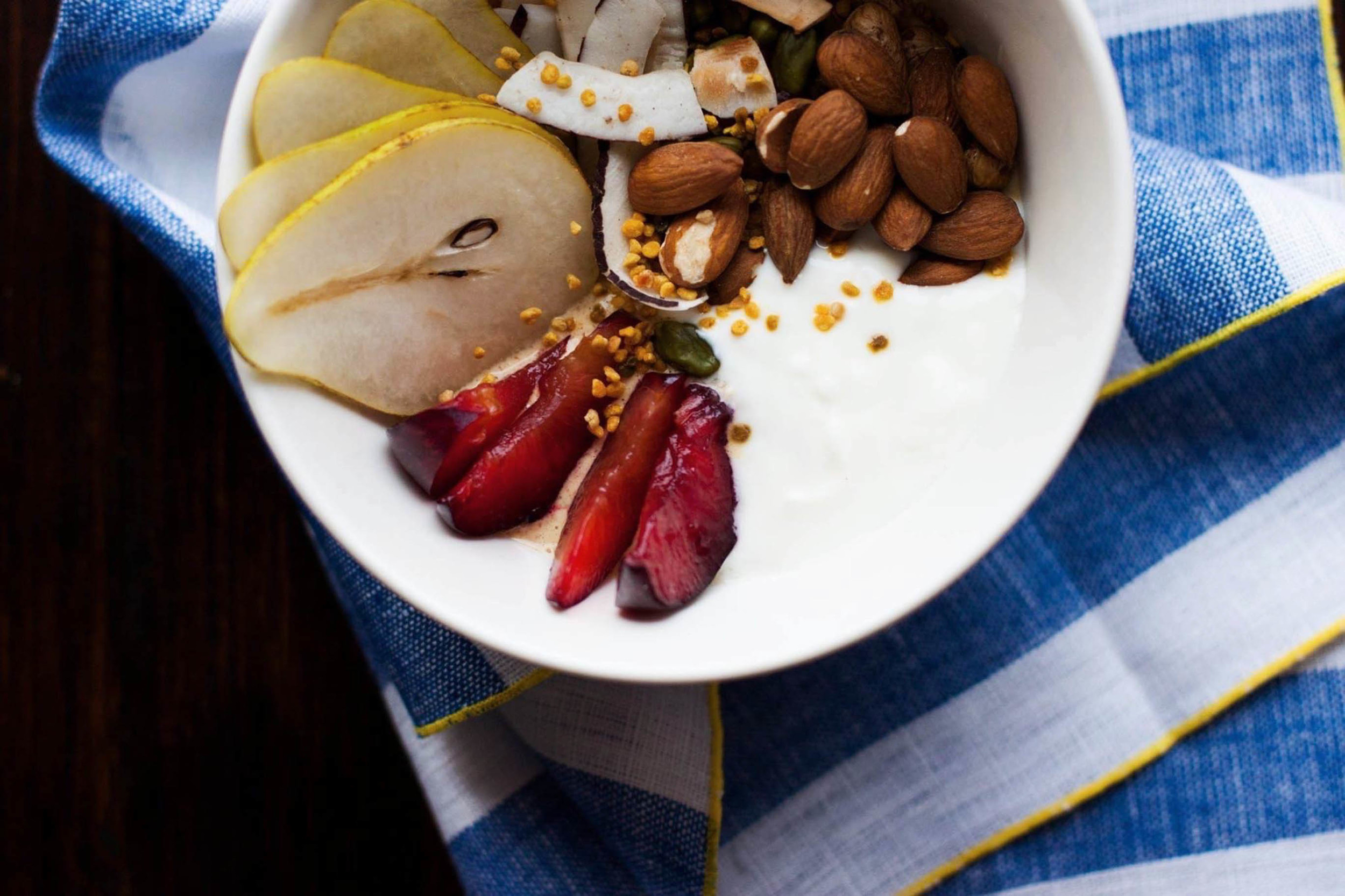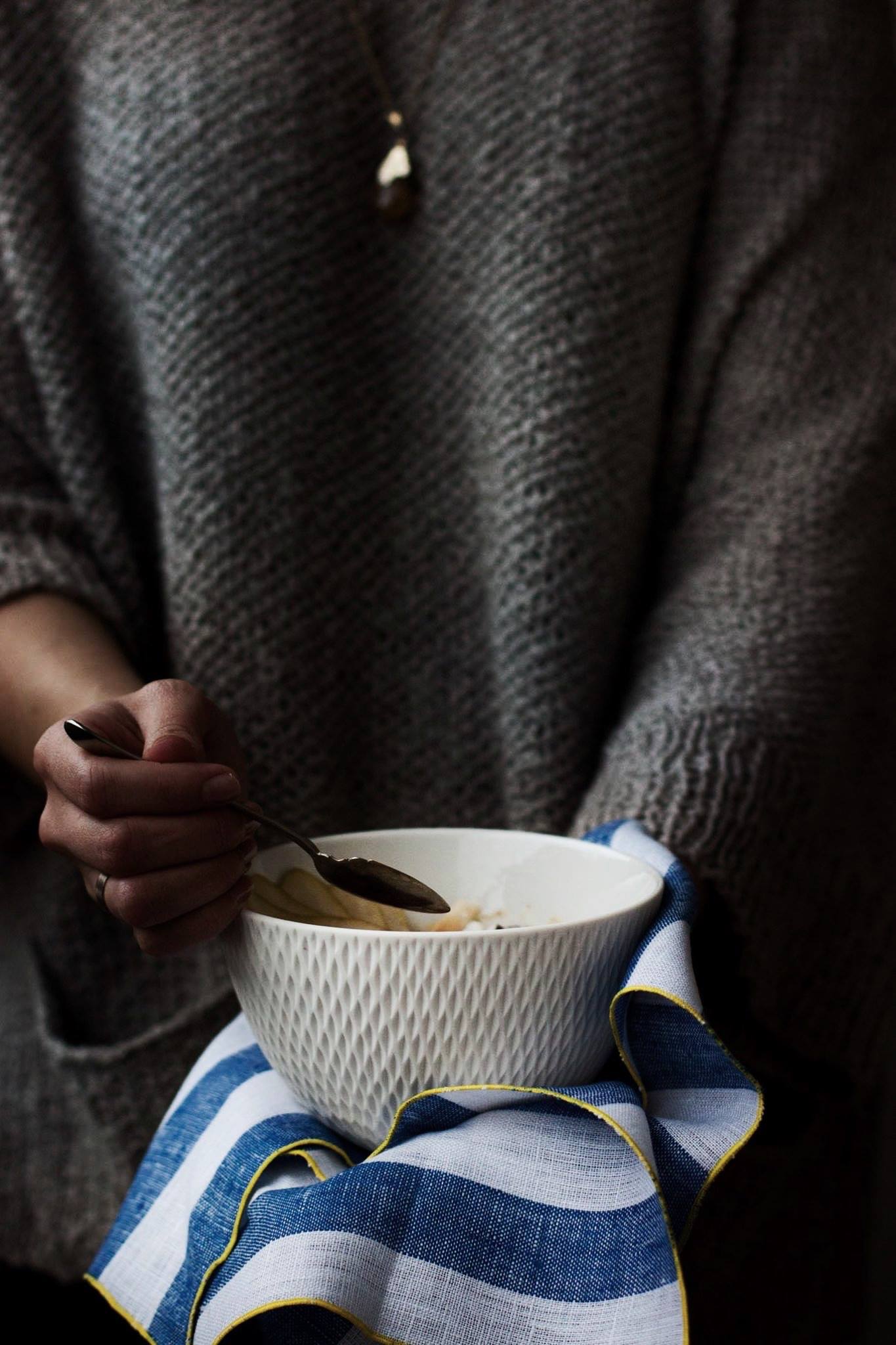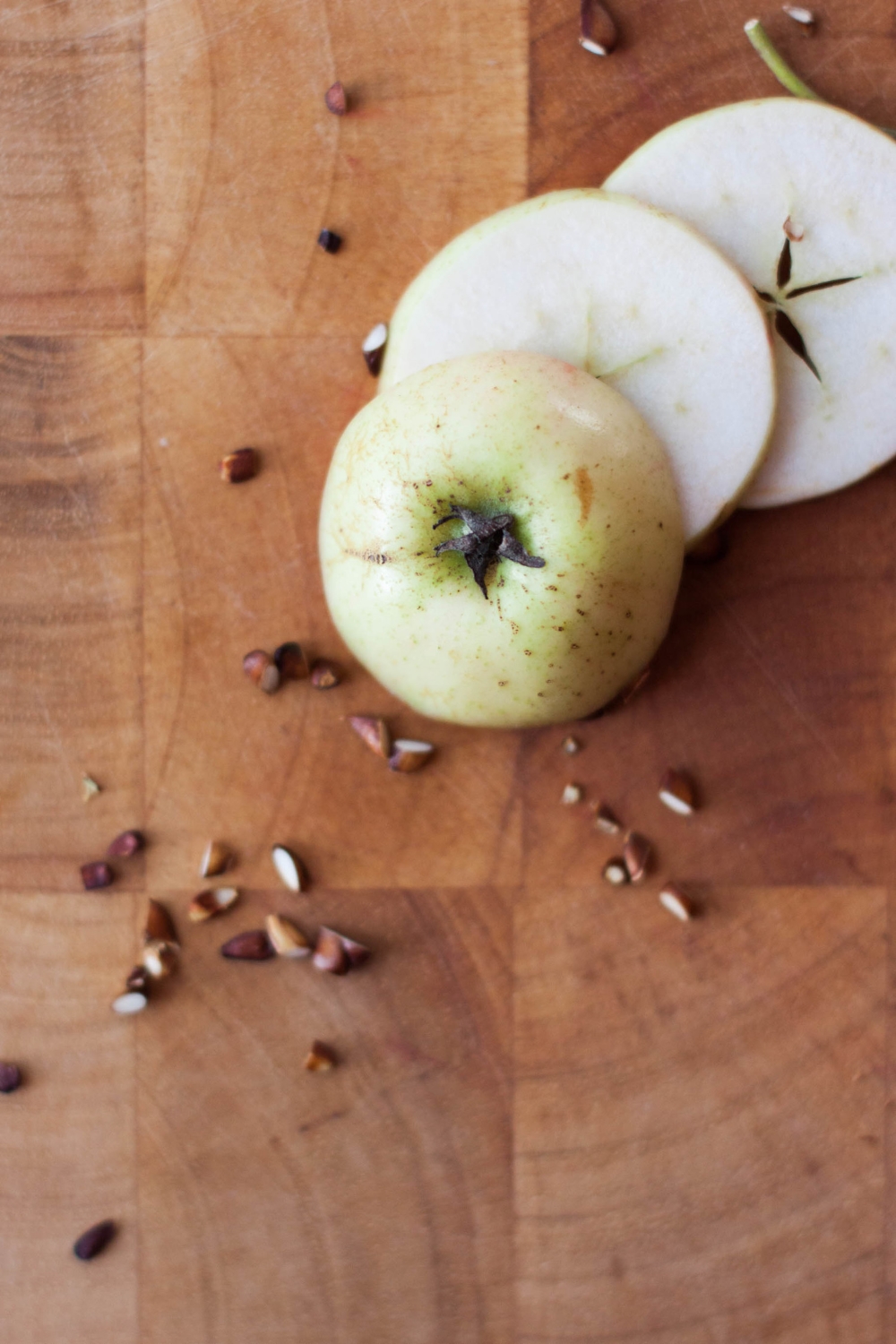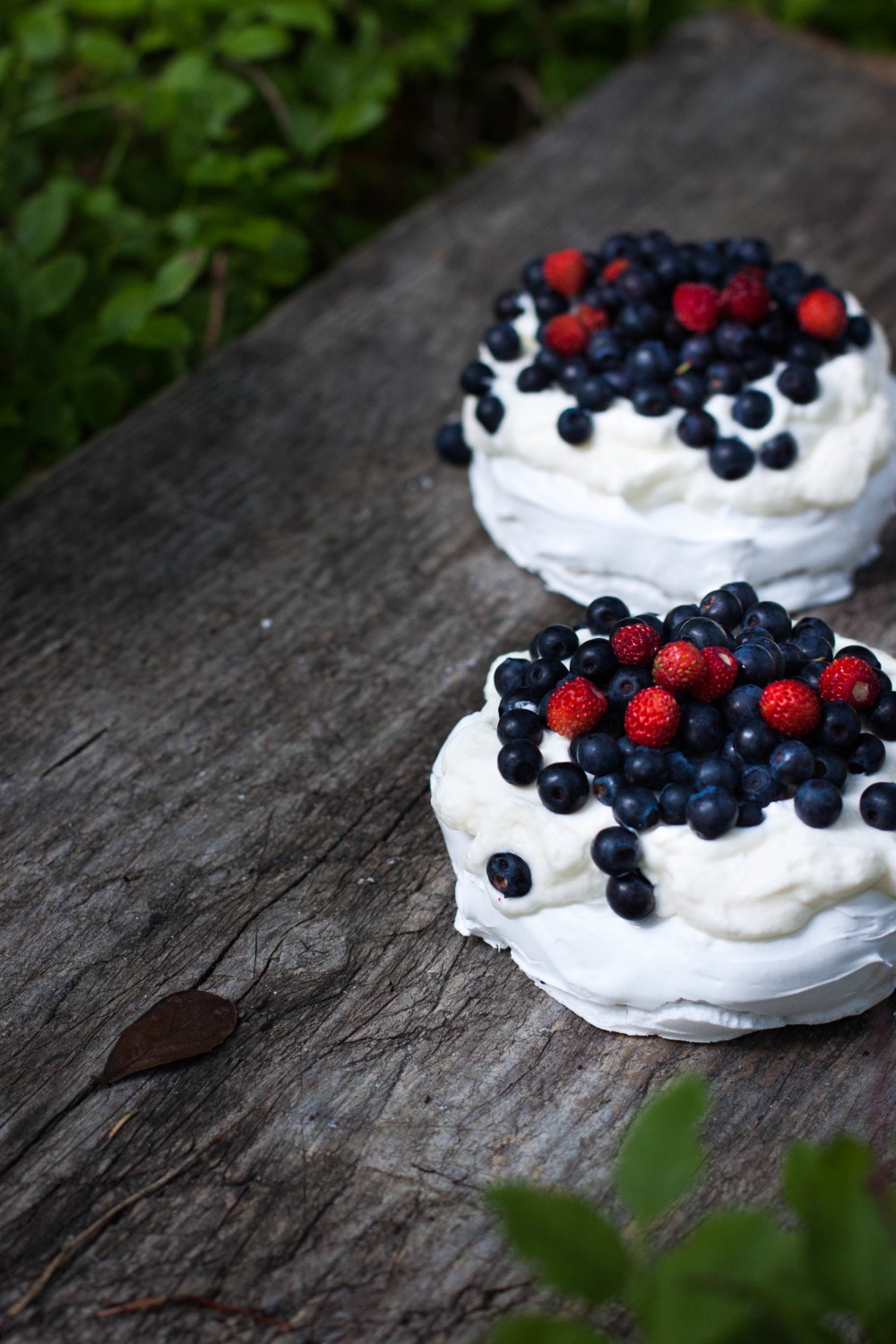Today, I'm going to be a real European and ignore Thanksgiving altogether. Let's move right to Christmas and Christmas cookies, shall we? Because the truth is that after you've stuffed your face with turkey and pumpkin pie, you'll need to focus on Christmas. Next Sunday is Advent Sunday so one is officially allowed to be crazy excited about Christmas. [Okay, some of you may have started a bit earlier. Yeah, including yours truly.] For me, getting into Christmas mood means to drink glögg, Scandinavian mulled wine, on a daily basis, write Christmas cards, and bake Christmas cookies. Lots of cookies that is.
For several weeks each year, my kitchen turns into a kingdom of flour, butter, sugar, and nuts. I have a pretty long list of cookies I have to bake every. single. year., including numerous from delicious:days as well as old family favorites. For a cookie recipe to be included into my yearly repertoire, it has to be outstanding. One that you just can't get enough of. One that people fight over to get the last one from the tin box. Folks, I just found a new one.


These almond cookies are to die for. Seriously. I gave a bunch of them to people to see if it was just me who couldn't get enough of these treats (okay, just wanted to share the love). It's probably needless to say that these cookies got rave reviews. My favorite was from my dad stating in a matter-of-fact voice "You're going to bake more of these for Christmas, right?". Right.
The recipe is from Steph's debut cookbook, Easy Gourmet. Most of you probably know her. She's the creative soul behind i am a food blog. The one who puts miso in her mashed potatoes and makes ridiculously cute Totoro grilled cheese (that your friend sends you images of via WhatsApp and you reply with a Totoro cake pic). She also happened to be Saveur Magazine's 2014 Editor's Choice for Best Cooking Blog AND Blog of the Year. Oh and did I already mention that she's one of the sweetest persons I've made friends with on the internet? Yeah, that's Steph.


Easy Gourmet is like i am a food blog but on paper. Steph made an incredible job with this book; she not only developed, cooked, and shot all the recipes but also did the layout as well! 100% her; 100% real. The book is full of tasty and approachable recipes. You can find classics, such as Paella, Porchetta, and Pavlova, but also recipes with a modern, Steph-ish twist, such as Bone Marrow Pasta, French Onion Grilled Cheese, and Lemon Meringue S'Mores. A book for kitchen witches and wizards as well as for those ones who want to become one.
These cookies are full of almondy goodness; crisp on the outside and chewy on the inside. The original recipe calls for 1 tsp almond extract but because I didn't have any at hand and because booze in baked goods is always a good idea, I used amaretto instead. Also, I belong to the range of people who love their cookies topped with flaky sea salt, so I just couldn't resist sprinkling some on top of these ones as well. I also want to mention that if you are one of those people lucky enough to live in a region free of salmonella in eggs (me!) or just aren't afraid of salmonella, then be sure to grab a spoon and dig it deep into the dough before shaping any cookies. The dough tastes excellent (also an important criteria for any great cookie recipe). I may or may not have eaten a fair share of the dough before and during the process of shaping cookies. Call me cookie dough monster.
Enjoy.
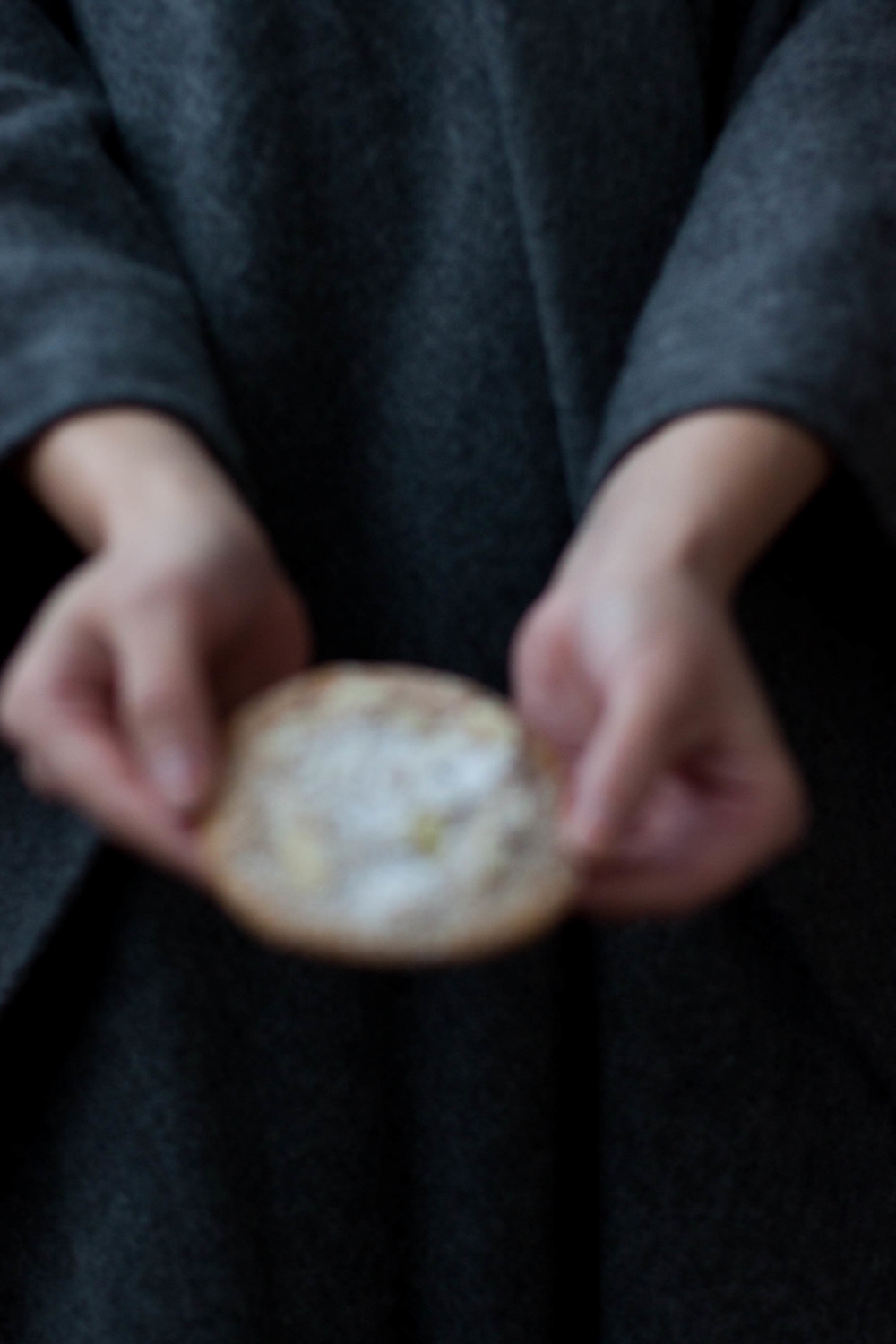

Almond Cookies with Amaretto
slightly adapted from Easy Gourmet by Stephanie Le, p. 218
makes 18 cookies
140 g (1 cup) all-purpose flour
½ tsp baking soda
¾ tsp baking powder
½ tsp fine sea salt
114 g (½ cup) unsalted butter, at room temperature
100 g (½ cup) granulated sugar
110 g (½ cup) light muscovado sugar
115 g (1 cup) almond flour
1 egg (European size M; U.S. size L)
1 tbsp amaretto liqueur
100 g (1 cup) almonds, roughly chopped
50 g (½ cup) sliced almonds
flaky sea salt, to sprinkle
powdered sugar, to decorate
Line two baking sheets with parchment paper. Set aside.
In a small bowl, combine the flour, baking soda, baking powder, and salt. Set aside. With a stand mixer, cream the butter, sugars, and almond flour until light and fluffy. Add the egg and mix until incorporated. Stir in the amaretto liqueur. Add the dry ingredients and mix until combined. Finally, add the chopped almonds. At this point, the dough will be quite soft but should be easy to work with.
Scoop up 2 tablespoons dough at a time, roll into balls, and flatten slightly. Sprinkle with sliced almonds and flaky sea salt. Refrigerate for at least 1 hour or overnight. Chilling the cookies before baking will keep them from spreading too much during baking.
Preheat the oven to 180°C (350°F).
Bake on the middle rack for about 12 minutes, or until the edges turn golden brown but the center still feels slightly soft to the touch. Cool on the sheet for 10 minutes, then transfer to a wire rack. To finish, dust with powdered sugar.

